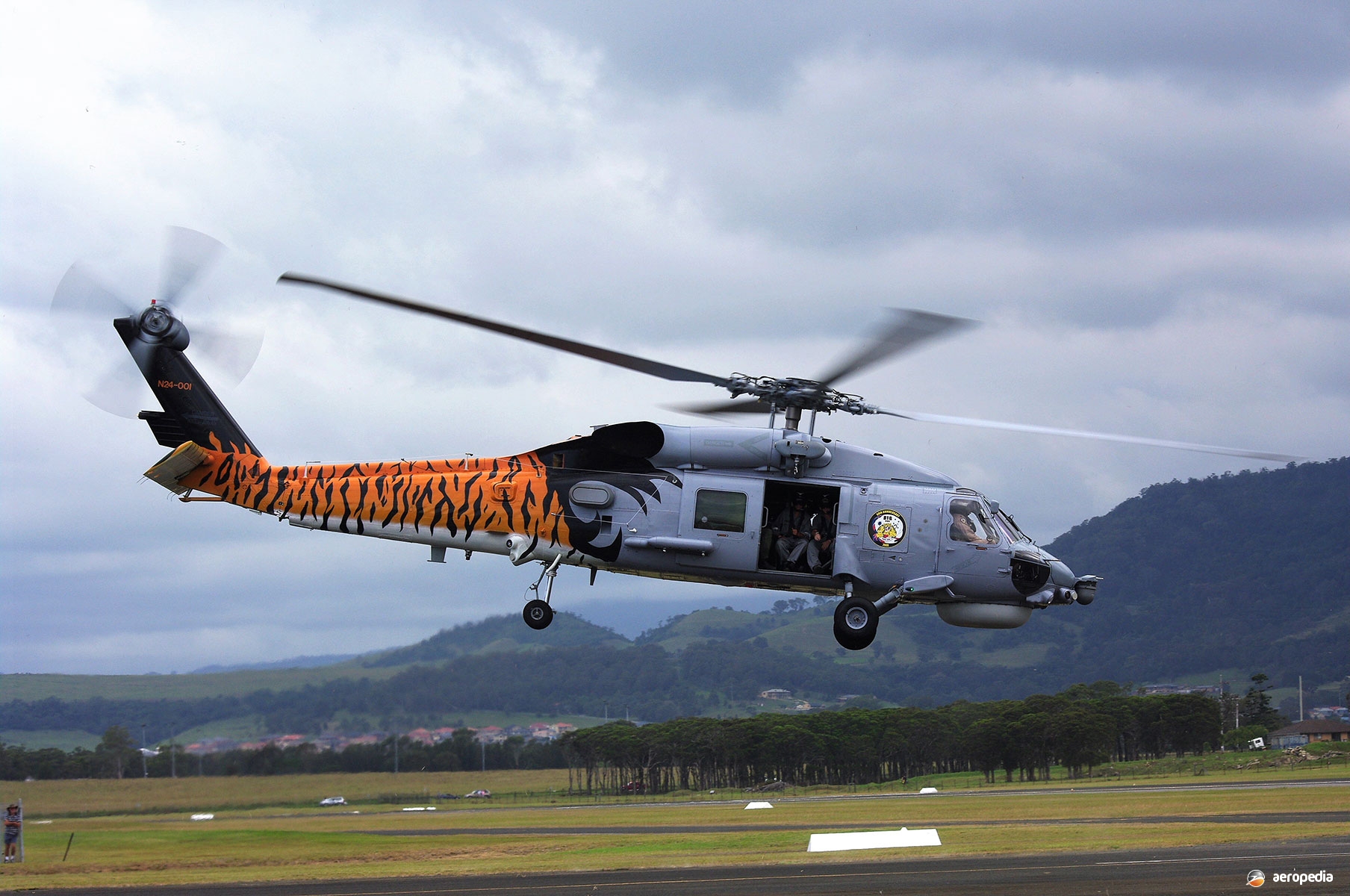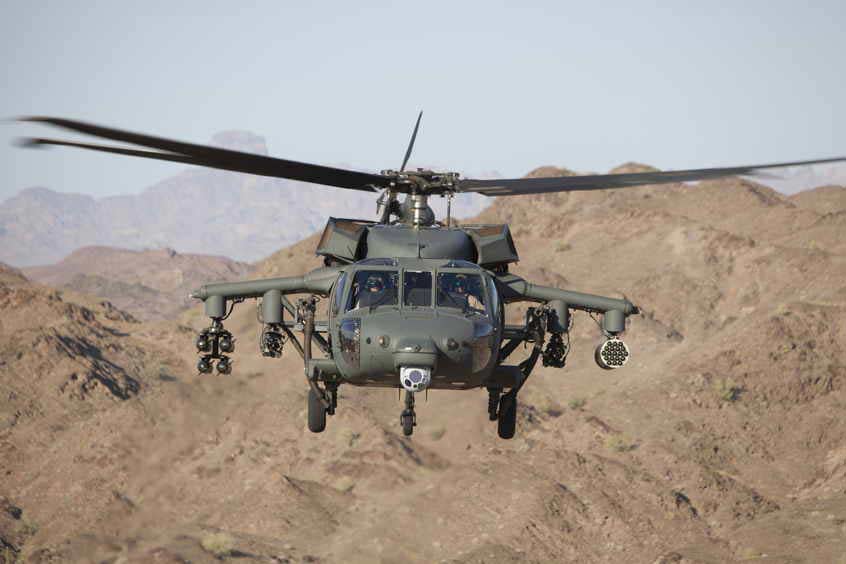Rotary-Wing Airplane Offering Superior Longevity and Precision Design
In the world of aviation, rotary-wing airplane have actually long been recognized for their special capabilities in different functional environments. From armed forces goals to civilian applications, the development of rotary-wing modern technology has led the way for makers that supply unequaled durability and precision engineering. Via advancements in materials and building and construction methods, combined with innovative trip control systems, these aircraft have ended up being crucial tools for tasks that demand both toughness and precision. As we explore the elaborate balance in between technology and integrity in rotary-wing aircraft, it becomes apparent that the convergence of innovative innovation and proven style principles has set a new requirement for performance and effectiveness in the aerospace market.
Advancement of Rotary-Wing Modern Technology
Throughout the history of aviation, the evolution of rotary-wing modern technology has actually been a testimony to continual innovation and innovation in aerial engineering. From the very early days of upright trip with simple designs to the sophisticated helicopters and other rotary-wing aircraft of today, the progression in this area has been impressive.
In the very early 1900s, pioneers like Igor Sikorsky and Juan de la Cierva made substantial strides in rotary-wing innovation. Sikorsky's VS-300 helicopter, first flown in 1939, noted a turning point in the advancement of practical rotary-wing airplane. This success paved the means for additional developments in upright flight capacities.

Today, rotary-wing aircraft play essential roles in numerous fields, consisting of armed forces procedures, emergency situation clinical services, police, and industrial transport. The development of rotary-wing modern technology proceeds to push the borders of what is feasible in upright flight, ensuring that these aircraft stay indispensable assets in the air travel market.
Materials and Construction Innovations
Showing a blend of sophisticated materials and precise construction strategies, rotary-wing airplane have actually undertaken substantial advancements in sturdiness and performance. One of the vital advancements in products made use of for rotary-wing airplane is the enhancing use of composite materials.
Additionally, the assimilation of advanced coatings and surface area treatments has actually played a critical duty in enhancing the durability of rotary-wing aircraft. These finishes offer security versus rust, abrasion, and extreme weather, extending the life-span of the airplane and reducing maintenance requirements.
In terms of building developments, additive manufacturing, also referred to as 3D printing, has transformed the manufacturing of complicated parts for rotary-wing airplane. This innovation enables fast prototyping and personalization, resulting in much faster growth cycles and reduced prices. In general, the continual evolution of products and building techniques is driving the capacities and performance of rotary-wing aircraft to brand-new elevations.
Accuracy Trip Control Systems

The combination of GPS innovation additionally improves the accuracy and dependability of these systems, permitting precise navigating, waypoint tracking, and automated trip control. sikorsky s 70. This level of precision not just improves the security of rotary-wing operations but likewise enhances total operational efficiency and objective effectiveness
Moreover, the continuous developments in expert system and device discovering have promoted the growth of independent flight abilities within Accuracy Trip Control Solution. This allows rotary-wing aircraft to perform intricate missions with unrivaled accuracy and uniformity, making them essential properties in a vast array of applications, including military procedures, search and rescue missions, and airborne photography.
Toughness in Challenging Atmospheres
In demanding functional settings, rotary-wing airplane demonstrate remarkable resilience and robustness, guaranteeing optimum efficiency under tough environmental problems. These airplanes are created to stand up to a broad array of environmental aspects, consisting of extreme temperature levels, high winds, and rough terrain, making them well-suited for different goals in diverse landscapes.
One essential aspect adding to the longevity of rotary-wing aircraft is their tough building and construction. These airplanes are built using high-quality materials and advanced design strategies to boost their architectural integrity and dependability. Furthermore, parts such as rotor blades, engine systems, and touchdown equipment are diligently made to withstand the strains and tensions experienced throughout operations in challenging settings.
Moreover, rotary-wing aircraft are geared up with sophisticated onboard systems that keep track of efficiency metrics in real-time, enabling proactive upkeep and early discovery of potential concerns - sikorsky s 70. This aggressive strategy aids avoid unexpected failings and guarantees the ongoing airworthiness of the aircraft sought after operational setups. In general, the longevity of rotary-wing aircraft in difficult environments is a testimony to their premium design and style, making them essential assets for various mission-critical operations
Maintenance and Reliability Requirements
The adherence to strict maintenance and dependability criteria is critical in making sure the optimum performance and security of rotary-wing aircraft. Normal maintenance checks, performed by qualified specialists, are important to determine and deal with any type of prospective concerns prior to they compromise the airplane's functionality. These checks include a thorough examination of all essential parts, consisting of the engine, rotor system, avionics, and hydraulic systems, to guarantee that they are in prime working condition.
In addition, adherence to arranged maintenance periods in accordance with producer standards is essential for upholding the airplane's integrity. This proactive strategy assists prevent unforeseen malfunctions and guarantees that the airplane stays airworthy for its desired missions. Furthermore, the execution of durable reliability criteria, such as regular part testing and her explanation replacement based upon established lifecycles, even more boosts the aircraft's dependability.
Final Thought

Finally, the developments in rotary-wing airplane modern technology have caused premium longevity and accuracy design. With ingenious his response materials and construction strategies, in addition to precision trip control systems, these aircraft can operate in challenging environments with enhanced integrity. The upkeep and reliability standards ensure that these rotary-wing airplane continue to execute at their best, making them necessary possessions for various markets.
Demonstrating a blend of advanced products and precise building strategies, rotary-wing aircraft have undergone significant improvements in toughness and efficiency. One of the key advancements in materials utilized for rotary-wing aircraft is the raising use of composite products.With meticulous interest to detail and advanced technical assimilation, rotary-wing airplane have actually accepted Precision Trip Control Equipment as a cornerstone of their operational excellence. On the whole, the resilience of rotary-wing airplane in difficult settings is a testament to their superior engineering and design, making them vital properties for numerous mission-critical operations.
In conclusion, the improvements in rotary-wing aircraft technology have led to premium longevity and precision useful site design.